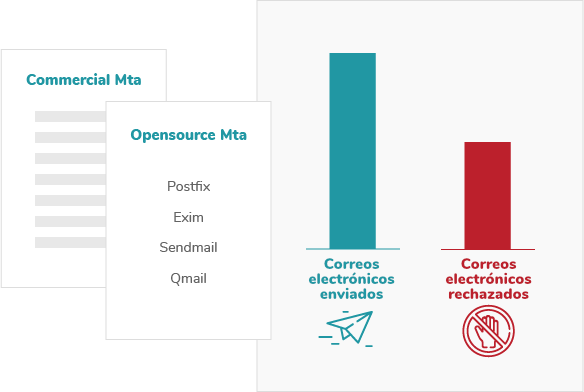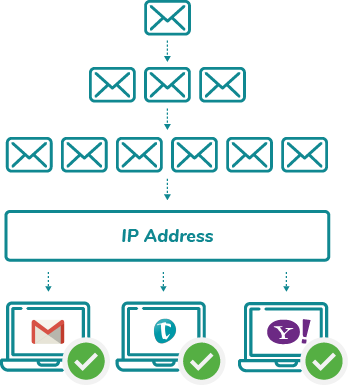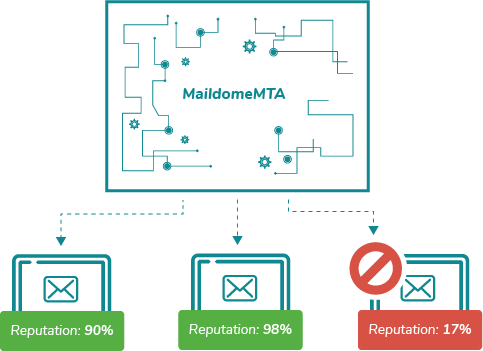Motor de envío superior por prestación, rendimiento y nivel tecnológico
"Estamos orgullosos de presentarles MaildomeMTA, pensado, desarrollado e implementado completamente por nuestro equipo de expertos de email marketing.
Nuestra búsqueda decidida de perfección y calidad, la gana de realizar algo de diferente y con optimas prestaciones, pero sobre todo válido en cada situación, nos ha empujado a realizar un producto que no tiene iguales en su género."
Después de más de doce años de experiencia en el campo del Email Marketing, en el uso de instrumentos y servicios por el envío de comunicaciones de correo electrónico hemos llegado a la conclusión que la implementación de una solución tecnológica propietaria ya se hubiera puesto indispensable.
A causa de la evolución del Email Marketing y de los cambios en las lógicas de análisis de las comunicaciones de los proveedores ocurridas en los últimos años, soluciones Opensource y Comerciales ya no contestan de modo apropiado a todas las específicas técnicas necesarias para garantizar niveles optímales de entregabilidad.
Nuestro equipo de desarrollo ha transcurrido meses efectuando benchmark y prueba de soluciones Opensource como Postfix, Exim, Sendmail, Qmail, y soluciones de MTA a pago también. Desaforadamente el resultado siempre ha sido el mismo: en innumerables circunstancias nos hemos encontrado frente a reales callejones ciegos.

"Con estas soluciones no lograremos garantizar nada diferente con respecto de todos nuestros competidores.
Ninguna de estas soluciones realmente satisface nuestras exigencias!"

"La misión de nuestra empresa es diferente, nosotros queremos y tenemos que proveer un producto diferente, un producto de extrema calidad capaz de conformarse con todas las condiciones, configuraciones y lógicas de recepción de los varios ISP destinatarios."








